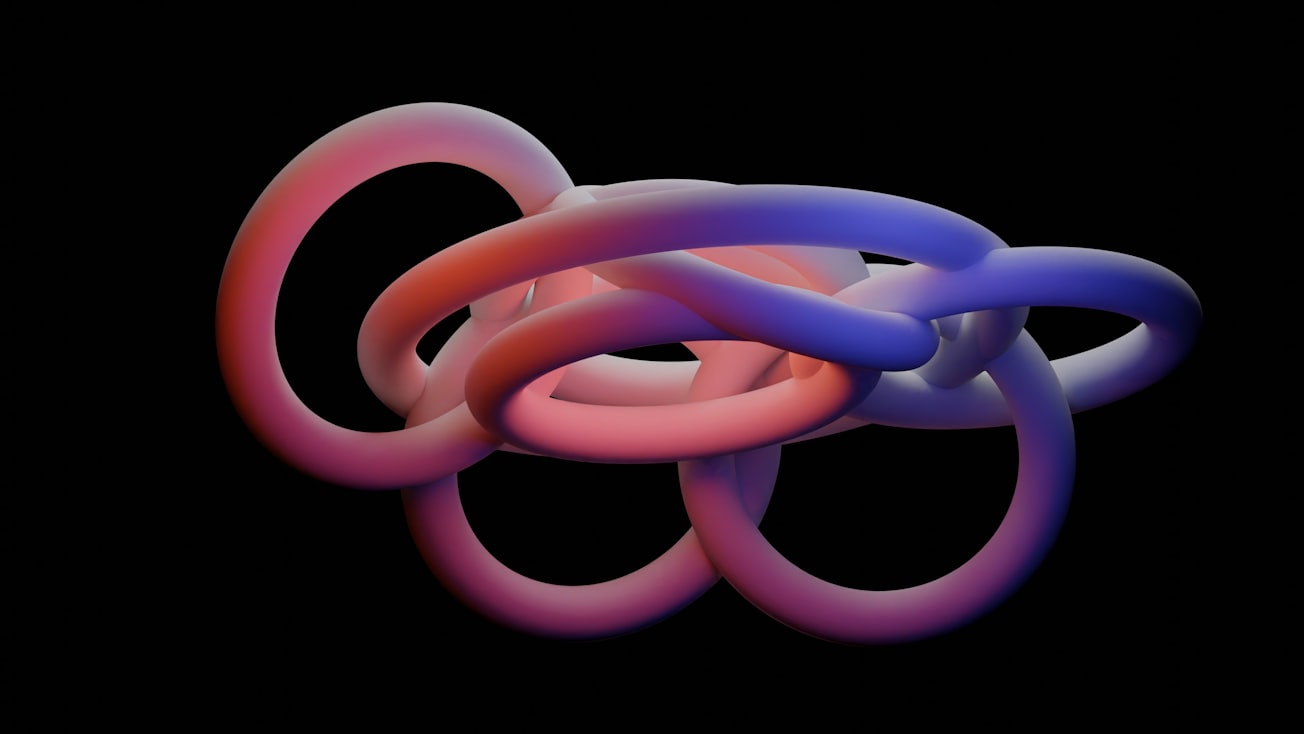What is it about?
Nematic liquid crystal (NLC) phases are formed by rod-shaped molecules. These phases are spatially discorded but all the molecules tend to point in the same direction meaning that they flow like a liquid but possess some form of long range order like a crystal. In this paper we use computer simulations to investigate what happens when you confine a NLC in cylindrical and toroidal (donut shaped) droplets. We find that by controlling the properties of the NLC and the geometry of the droplet you can control the defect configurations that are formed, where defects are regions of disorder. We show that you can controllably form complicated knotted defect structures.
Featured Image

Photo by Shubham Dhage on Unsplash
Why is it important?
It is important to be able to accurately control the defect configurations in these systems. NLCs can be used to template nanoparticle synthesis which has a wide range of uses, including as sensors, displays and drug delivery. We have used computer simulations which can act as a guide to experimental research in how to form these desired structures.
Perspectives
I find it amazing that you can reproducibly form such complex shapes such as trefoil knots from such a simple system.
Dr Charlie Wand
University of Exeter
Read the Original
This page is a summary of: Chiral nematic liquid crystals in torus-shaped and cylindrical cavities, November 2019, American Physical Society (APS),
DOI: 10.1103/physreve.100.052702.
You can read the full text:
Contributors
The following have contributed to this page







